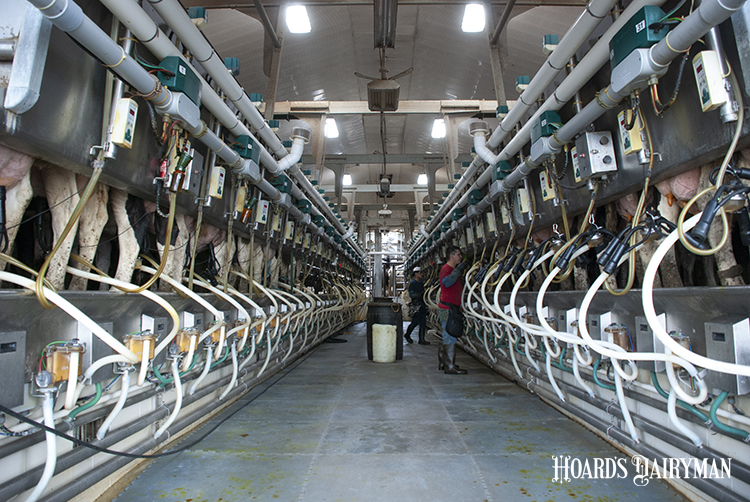
Futures markets continued to move higher with mounting evidence that milk output among the major dairy exporters continues to slow. Topping the list is the world’s largest dairy exporting country — New Zealand.
Fonterra CEO Miles Hurrell said varied weather and challenging growing conditions across many parts of the country earlier in the season saw actual milk collections down over the same time last year.
“We were expecting conditions to improve over the Christmas-New Year period, but this has not eventuated,” said Hurrell in a January 11, 2022, media release. “As a result, we have revised our 2021-2022 forecast down 1.6% to 1,500 million kilograms of milk solids (kgMS),” continued the leader for the dairy cooperative that markets well over 90% of the country’s milk production.
The world’s second largest dairy exporting region, the European Union, hasn’t released its November milk production totals. However, most dairy analysts have not been forecasting an improvement in milk shipments there either, as rising costs of inputs, lack of labor, unfavorable weather, and questionable feed quality have limited milk output and dairy product and production.
Stateside forecasts
USDA economists held firm on their 227.7-billion-pound forecast for 2022 in the January 12, 2022, World Agricultural Supply and Demand Estimates. That’s the same forecast made in December 2021 for the United States. If it comes to fruition, the 227.7-billion-pound figure would yield a 0.7% year-over-year gain in milk production. Outside of the onset of the COVID-19 pandemic that yielded a 0.4% gain in milk production, one must go all the way back to 2013 to find a smaller growth figure . . . 0.3% gain in milk production.
Given all this supply information, CME futures markets continued to travel upward. From January 6 to January 12 trading . . . just five market days . . . Class III futures for January to October 2022 climbed 91 cents to reach a $21.47 per hundredweight (cwt.) average. Going back to November 1, those same contracts traded for an $18.53 per cwt. average.
Class IV moved to $22.59 per cwt. for the January to October bundle at the close of CME trading on January 12. That was up 89 cents from January 6 to January 12 trading activity. Since November 1, the 10-month Class IV bundle rose 1.94 per cwt.
The new All-Milk price projection for 2022 is $22.60 per cwt., as published in the January 12 World Agricultural Supply and Demand Estimates. That’s based on the conservative forecast of $19.65 Class III and $20.90 Class IV milk prices.
Even with this positive outlook, all U.S. dairy farmers should still consider signing up for Dairy Margin Coverage (DMC) at their local Farm Service Agency (FSA) office. Also, given the volatile markets, additional risk management just might be necessary as what goes up can always come down.








